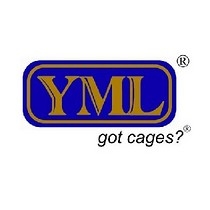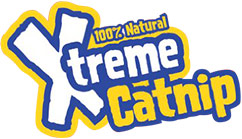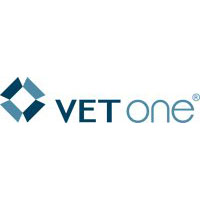How to Care for a Rescue Horse Correctly
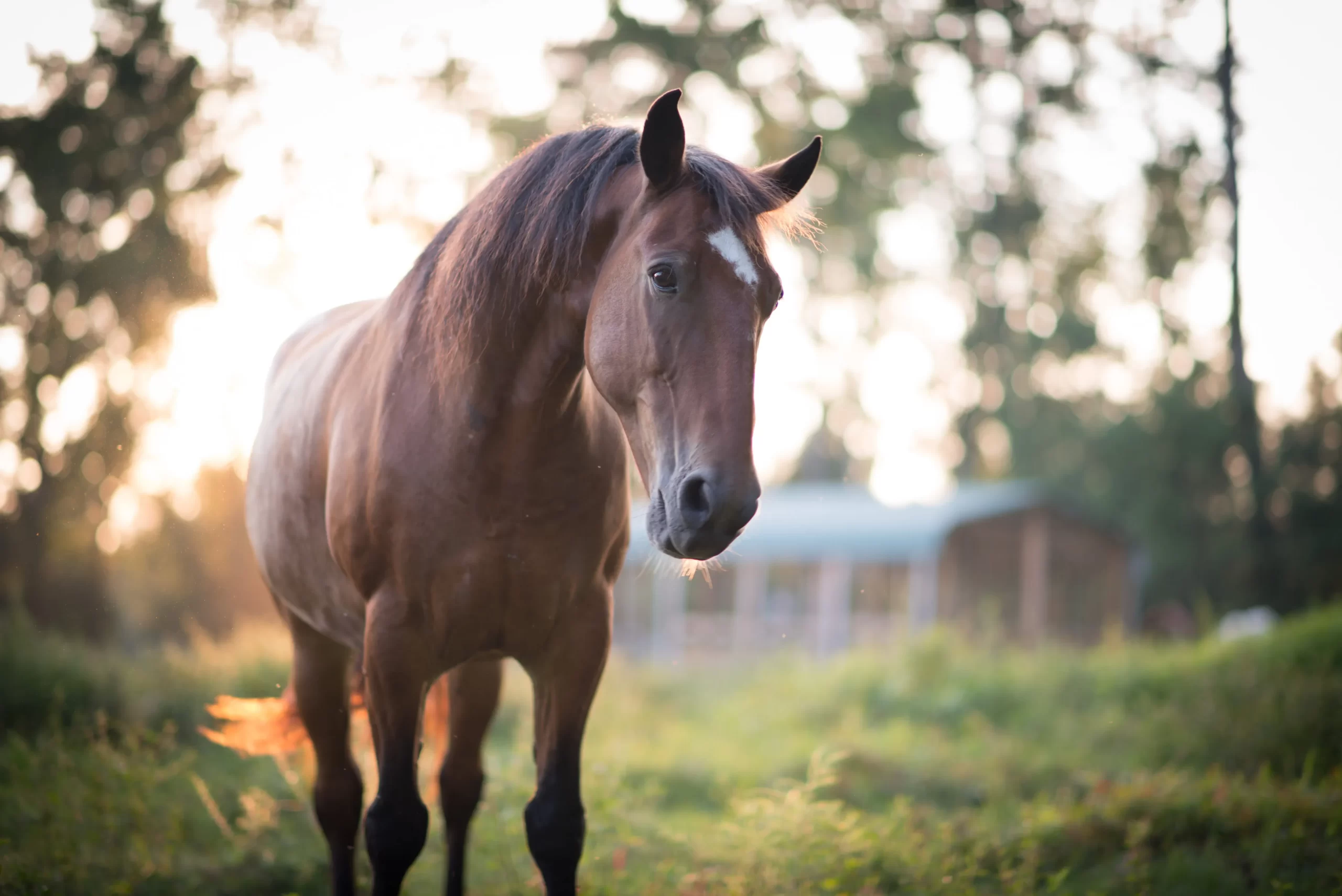
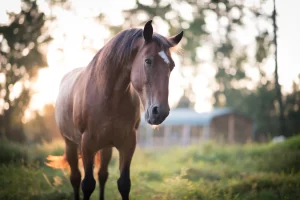
Horses are being mistreated and abused right now someplace. Slaughter is another option. The majority of these abused horses wind up at auction. Horse auctions may be found in every state, and you’re likely to find one near you. Auctions are held once a week, monthly, or even daily in certain locations.
Horses in need of rescue might be found at these auctions. If you’re looking for a horse, auctions are a good place to start. Horses don’t have to be registered or have a flawless pedigree and genealogy to be terrific pets!
You may be rescuing the horse from being slaughtered and, as a result, ending up on someone’s table in Belgium for supper.
Although there are an increasing number of equine rescue organizations in the United States, most of them have limited funding and resources to purchase and care for rescue horses. As a result, many people are unable to save all of the horses in need.
Attend an auction and take a horse (or more, if you have the space and finances) home with you to assist!
What Makes Rescue Horses Unique
Rescue horses often do not operate as well as horses that have been properly cared for. They may have gone a long period without sufficient nutrition and medical treatment, which might impair their metabolic and digestive systems.
Hoofs and Coat
They might be sick or infected with parasites. They usually haven’t received sufficient hoof care and are prone to founder and other hoof issues. Floating or other dental care is nearly always required, particularly in the case of geriatric horses.
They may have skin problems that need attention. Infections with fungi are extremely frequent. They need immediate evaluation by a qualified veterinarian as well as specific treatment to help them return to health without startling their systems.
Taking Care of a Rescue Horse
The first thing that comes to mind is to “feed the horse.” Wrong! That’s the worst thing you could possibly do! The most important thing to remember is that any changes should be done gradually and in small steps.
If you’re keeping the horse in a stall or a dry lot, make sure they get fresh, clean grass hay (not alfalfa) and water at all times. They have limitless access to these two food mainstays.
However, just give the horse one tiny handful of a full pelleted diet 3-5 times per day while graining. You risk colicing the horse if you feed them more. A protein blend of 10-11 percent is sufficient.
If the horse shows no signs of discomfort after a week or two, increase the grain to 1/2 pound three times daily until you reach the quantity recommended by your veterinarian as a typical daily intake for the horse.
You should be able to raise the daily total ration by one pound every 10 days if the horse tolerates the diet modification. Senior pellets should be given to your rescued horse instead of normal feed since regular feed is too taxing on their digestive processes.
It takes a long time for horses to recover from malnutrition. Don’t let yourself down. It might take a year for the horse to recover its health. However, within a week or two, you should see a significant improvement. After then, things calm down. Remember, the horse worked hard to get to that point!
Quarantine and Health
A freshly rescued horse should be confined at all times. You don’t want them infecting any other horses you have if they have illnesses or parasites. Quarantine should last at least two weeks in most cases.
Strangles (Streptococcus equi) needs a 10-day incubation period before the horse shows symptoms. To prevent stress caused by struggling for food, herd dominance, and other factors, the rescued horse should be separated from other horses while recovering.
A Coggins test should be performed on the horse, and you should wait to see whether the findings are negative. The findings may take a few days to arrive. A veterinarian is intended to be present at the auctions to certify that the horses are Coggins negative. Before you take the horse home, make sure it has a negative Coggins test. It’s always better to be on the safe side.
Maintain a clean, dry, and pleasant environment for the horse. And make sure the first thing you do is contact your veterinarian to come out and examine the horse to see if there are any health issues. You should listen to and follow the advise of your veterinarian!
Parasites and Hooves
Another critical step is to contact your farrier straight soon and have him examine your rescued horse’s feet. In particular, if the hooves are enlarged or seem to be foundered. In the life of a horse, hoof care is crucial!
The image above is an illustration of how a rescued horse’s hooves could look. Sugar Candy is a pony that I saved from a local auction. Everyone laughed at her and dubbed her “Snowshoes” as they carried her out into the selling ring. She had to accompany me home, of course!
Her hooves were in fact more worse than they seem in this photograph. The hooves were buried about six inches deeper in soft soil, which you can’t see here.
Her hooves were only partly normal after a year of regular farrier appointments. Her bones had grown into an odd position, and she had become foundered, which was very painful and made walking difficult.
Various people have different perspectives on parasite elimination in rescue horses. As a general rule, the rescue horse should be fed pyrantel tartrate (daily wormer) for 2–4 weeks, then given ivermectin based on the horse’s weight at four weeks, then wormed with fenbendazole 6–8 weeks later, and then continued on a regular worming rotation schedule.
Giving Quest/moxidectin to horses when they are on pyrantel tartrate daily wormer treatment is not a smart idea. If your horse need worming, speak with your veterinarian.
Social Issues
Other difficulties confront rescue horses. Either they were mistreated or they were abandoned in a meadow or a dry lot with no one paying any care to them. You may discover that your rescue horse is head shy, bites or kicks, or has other negative tendencies that you must address.
It’s possible that the horse isn’t accustomed to being around humans. Remember that the horse has worked hard to get to this point, and it will take time and patience to gain the horse’s trust and teach him to perform what you want. Every day, horses demand constant attention and care. You will be rewarded if you are patient with the horse.




